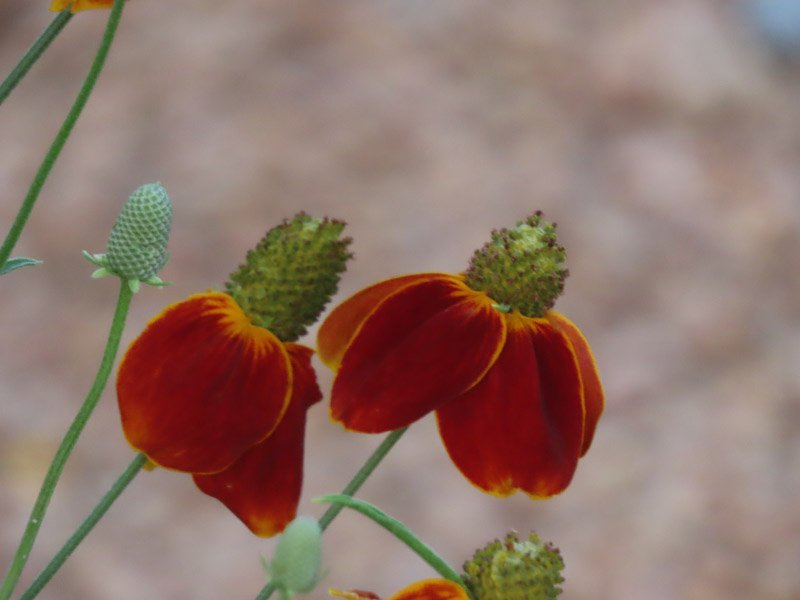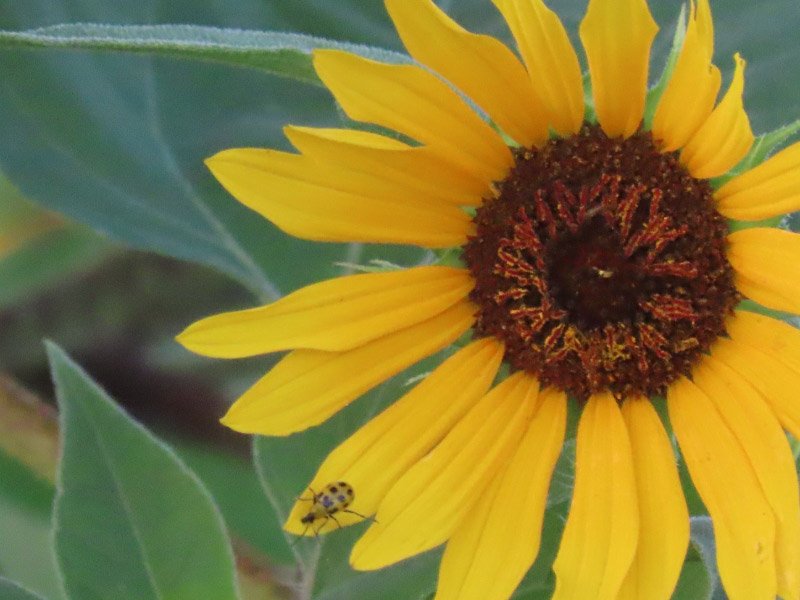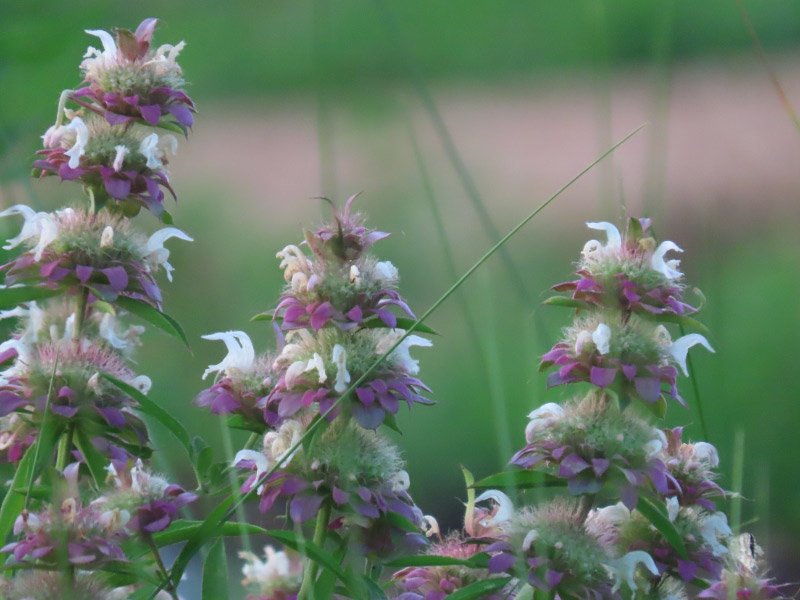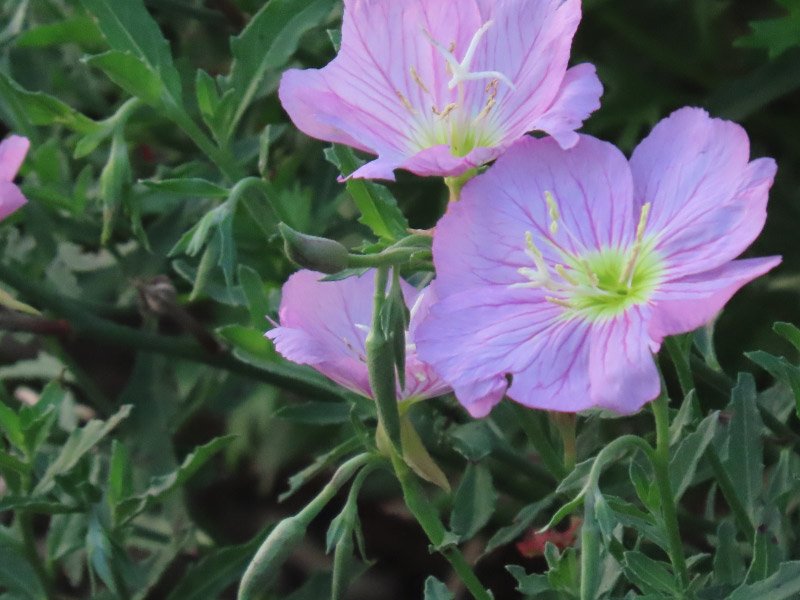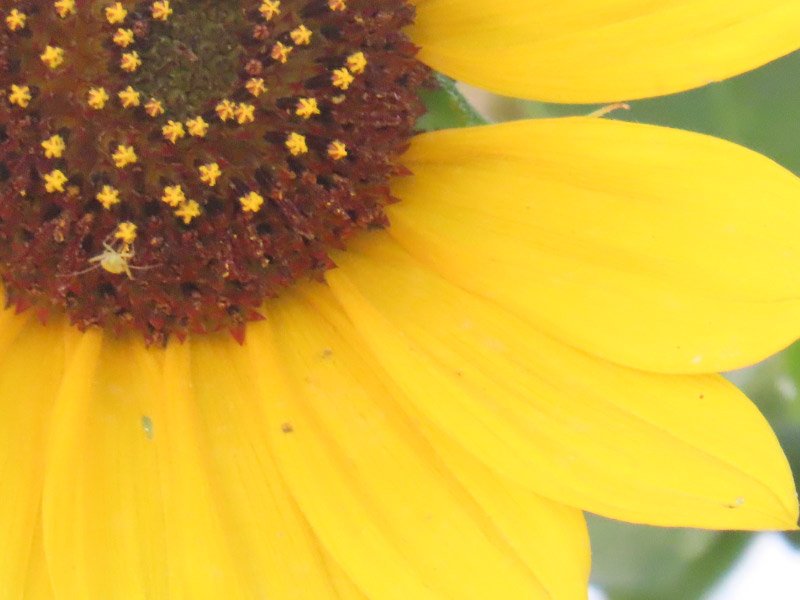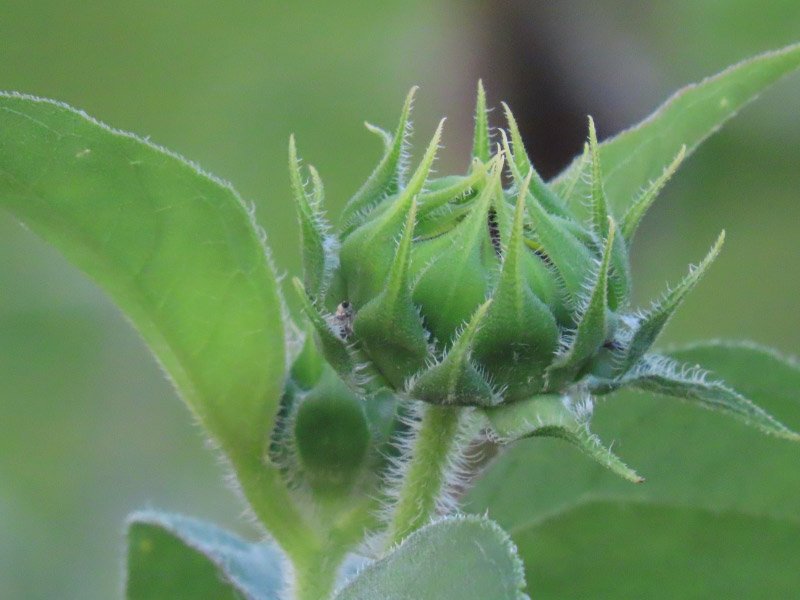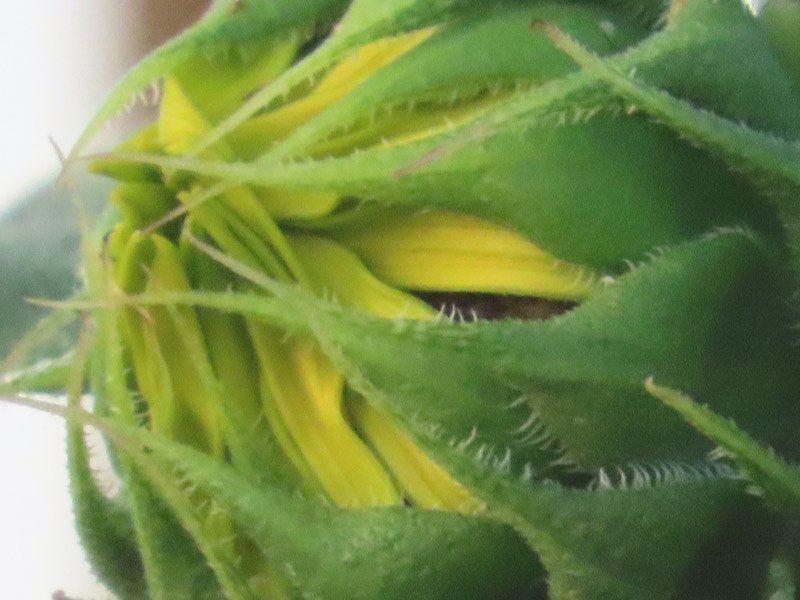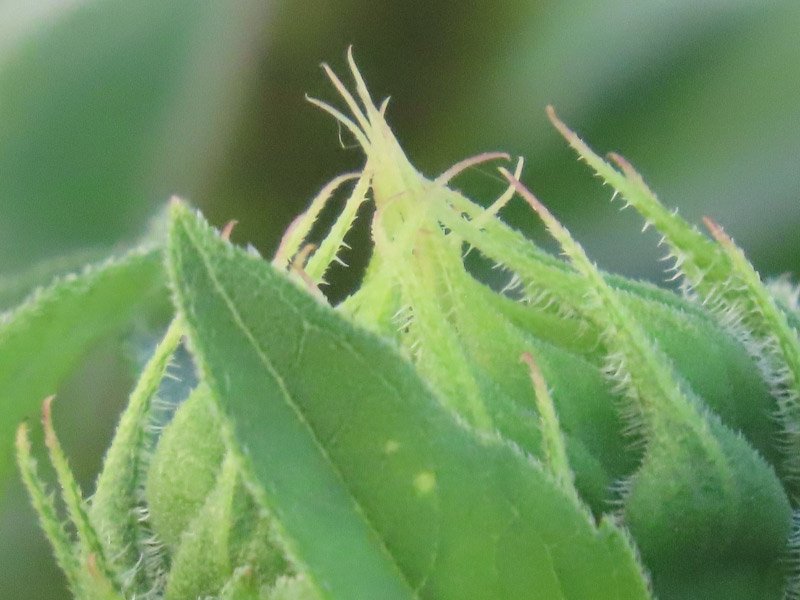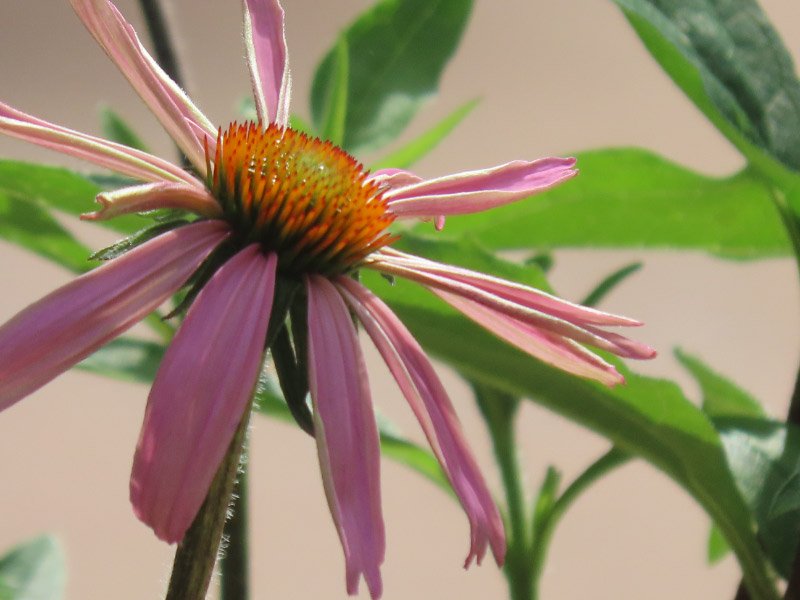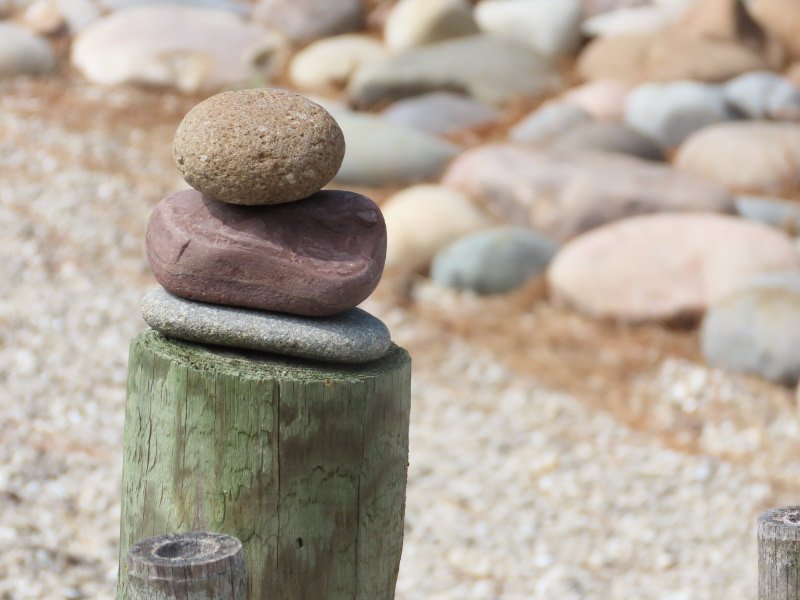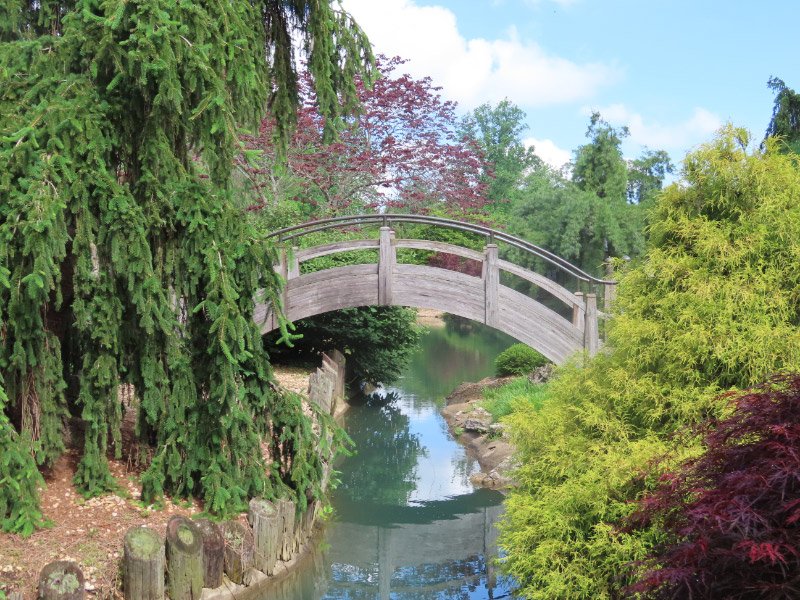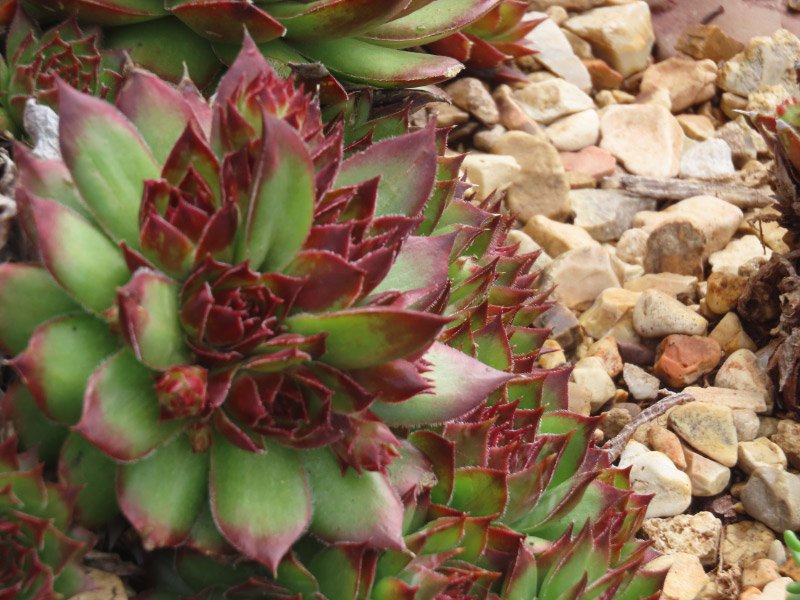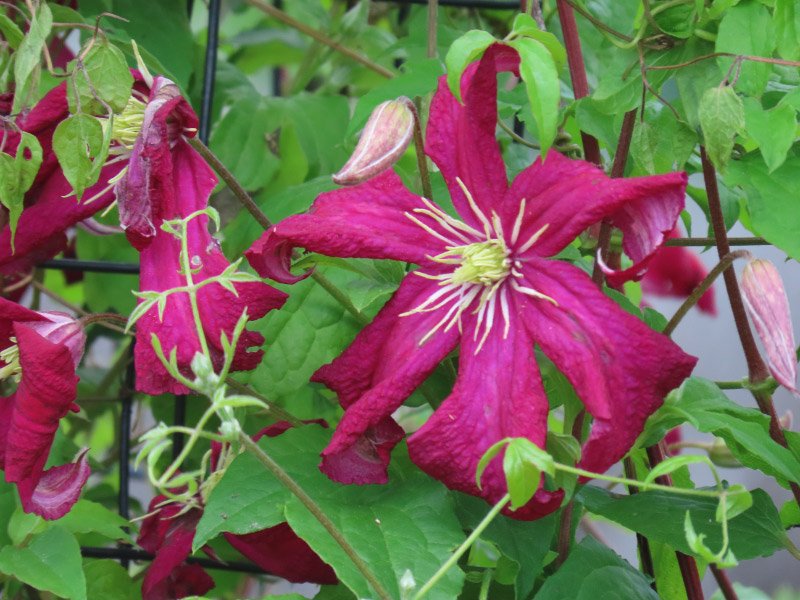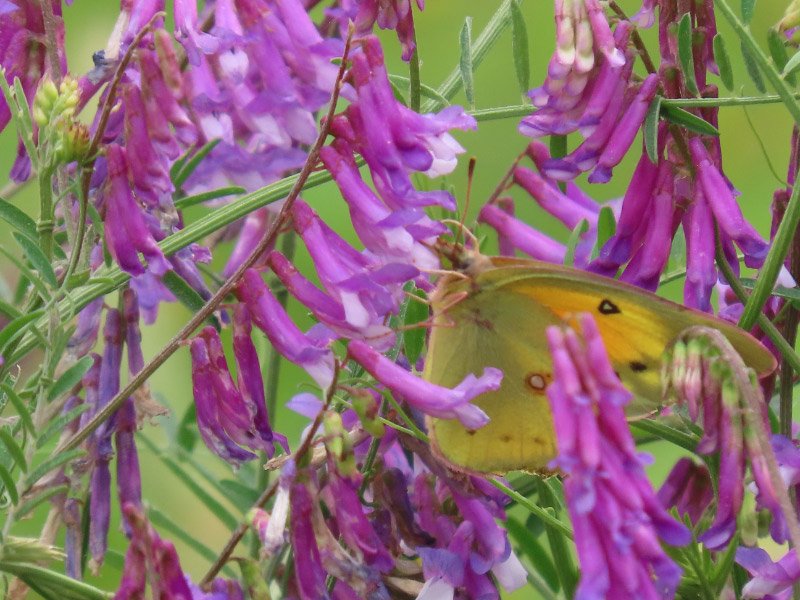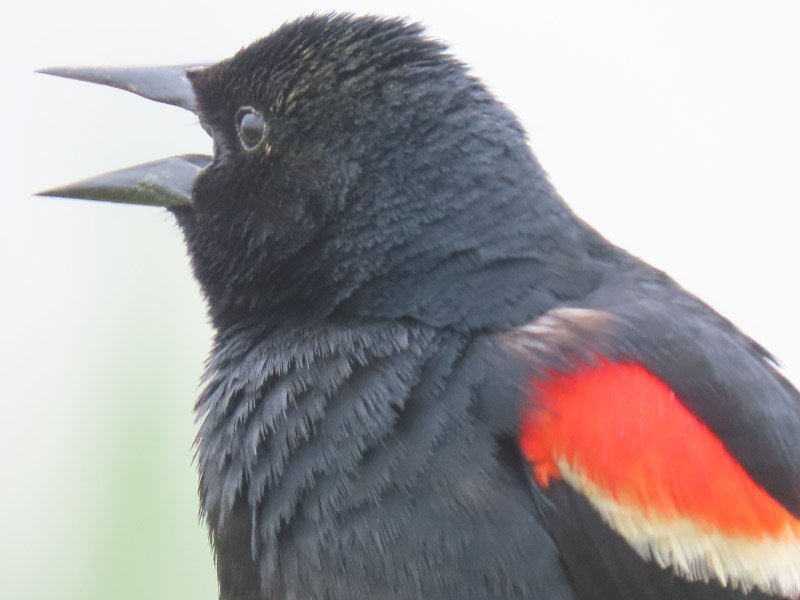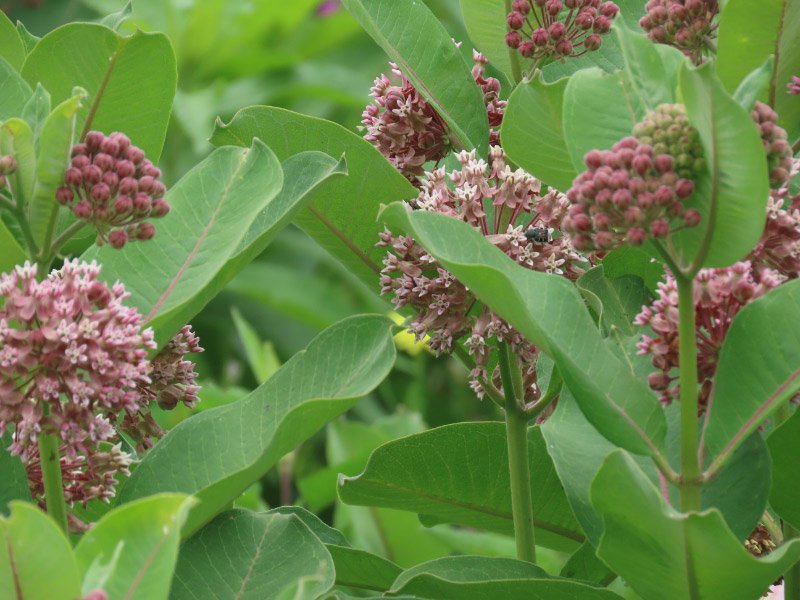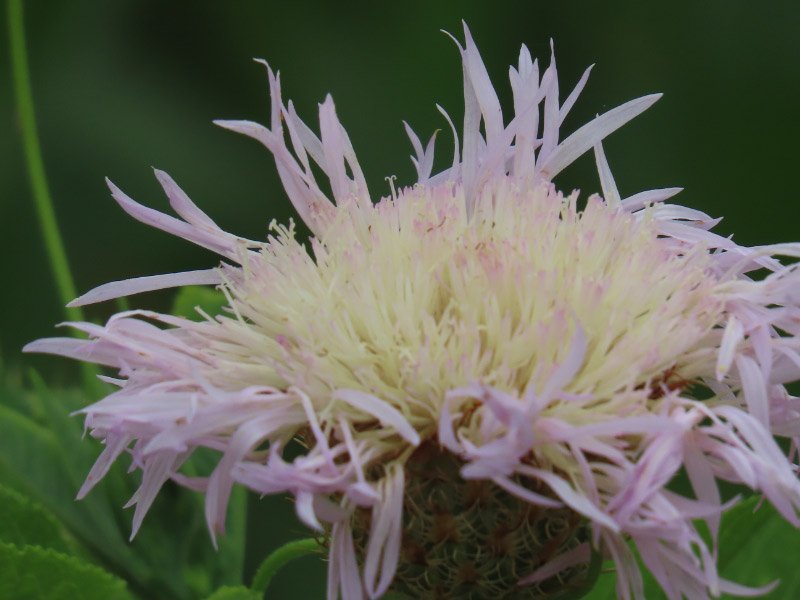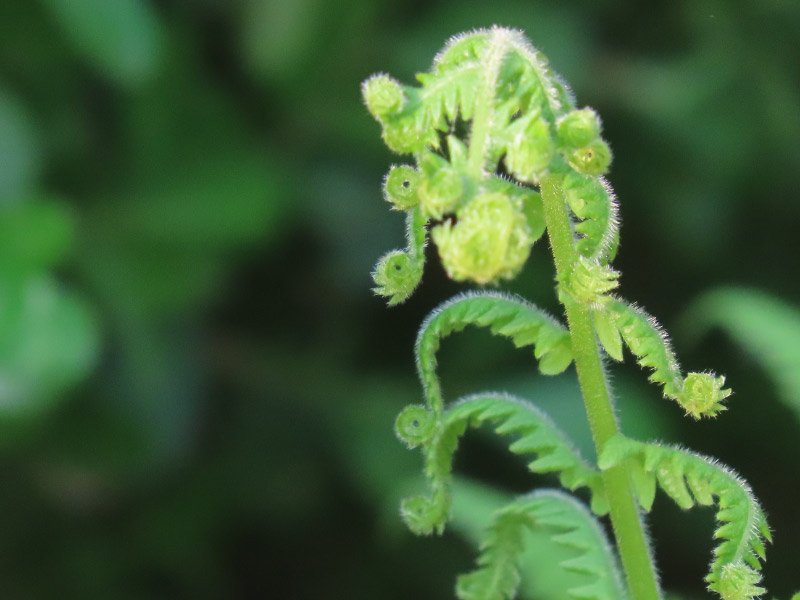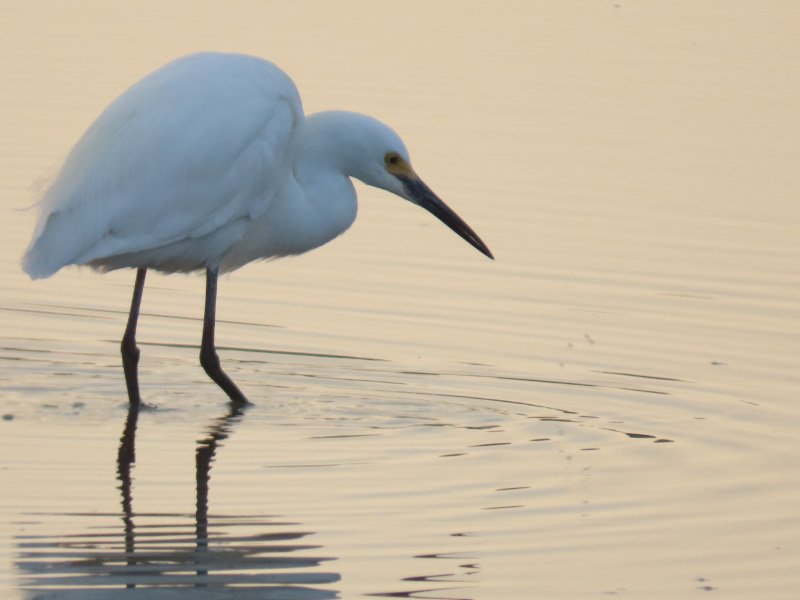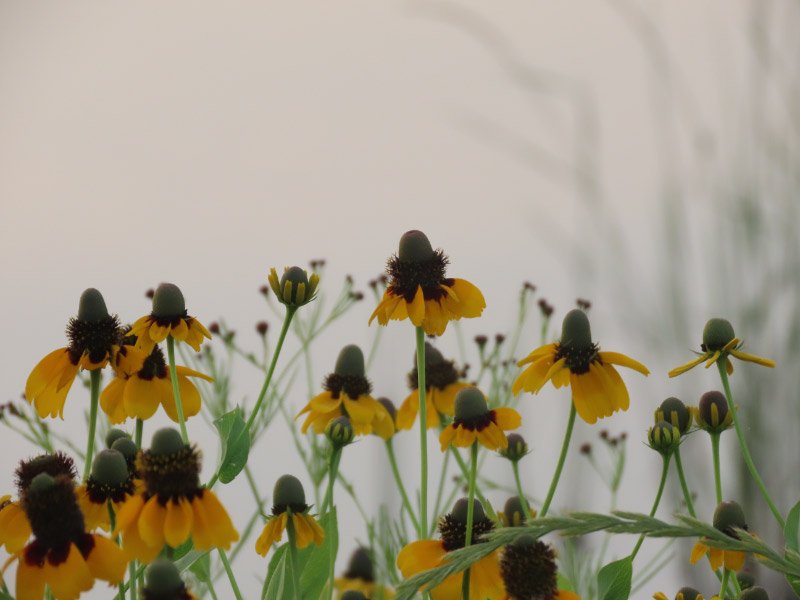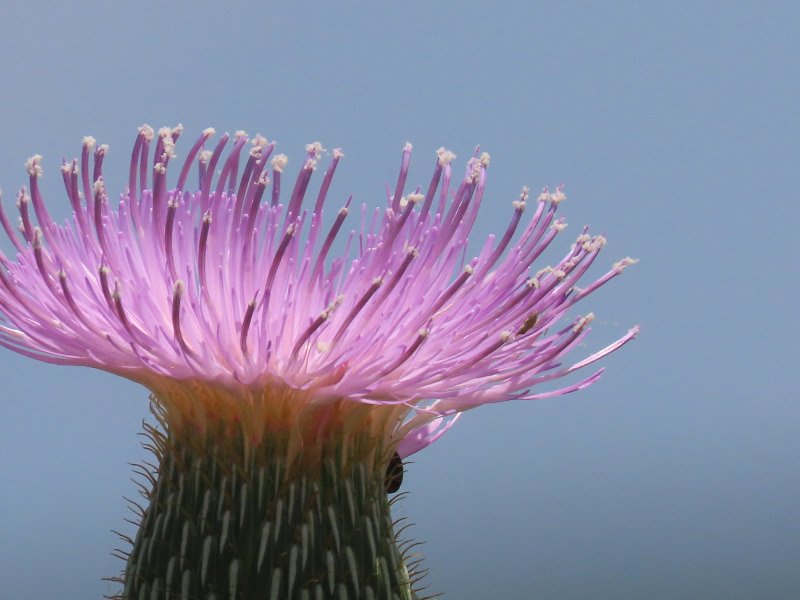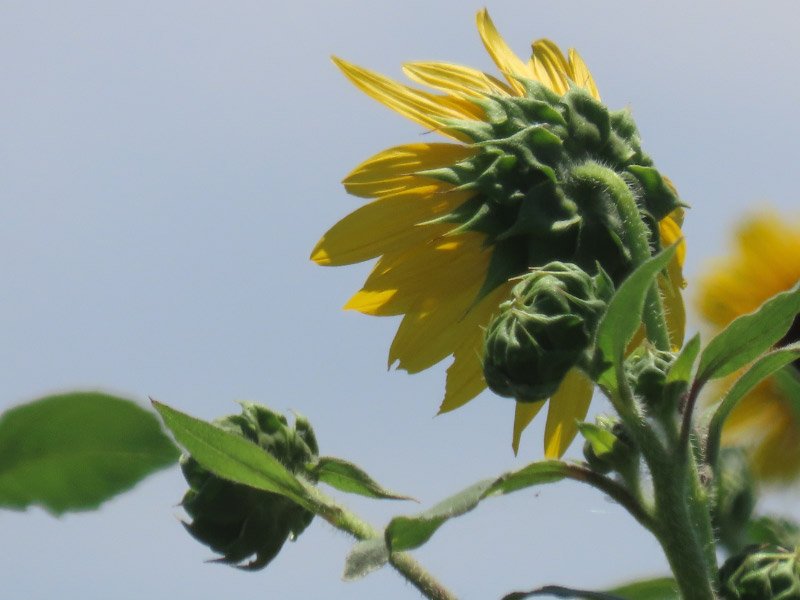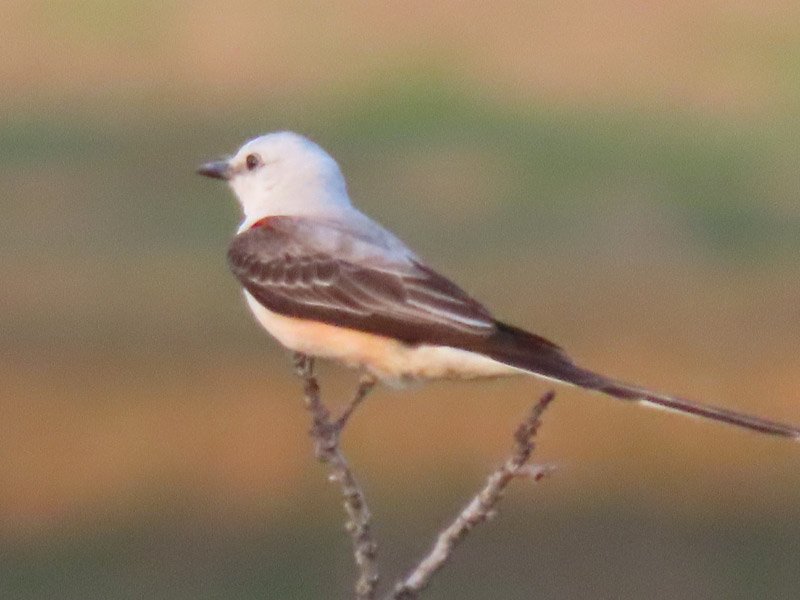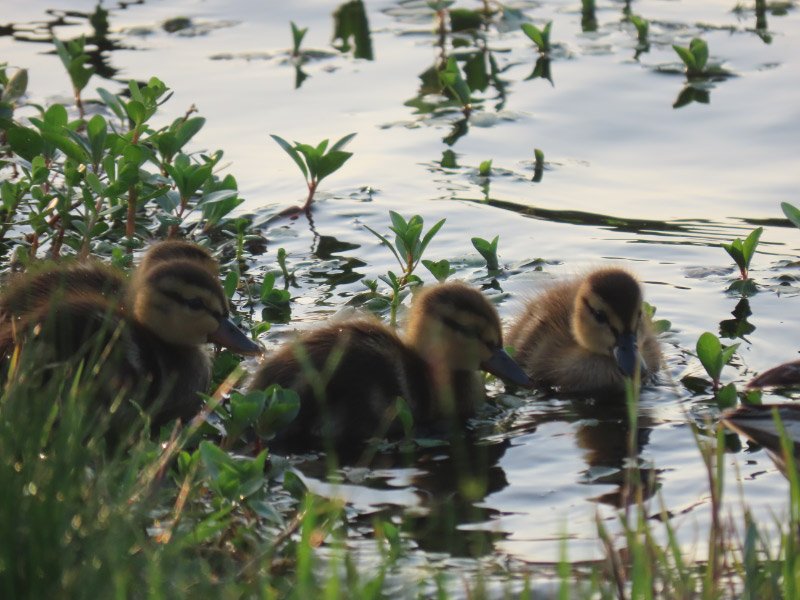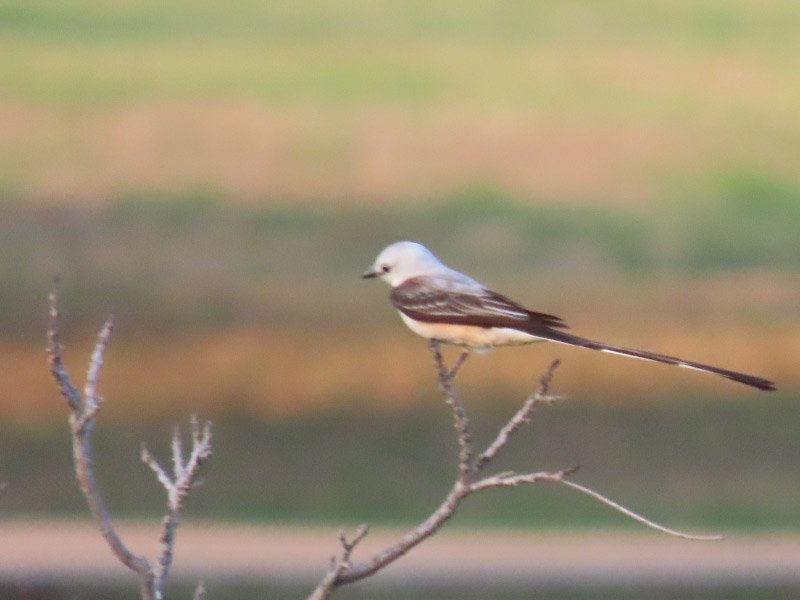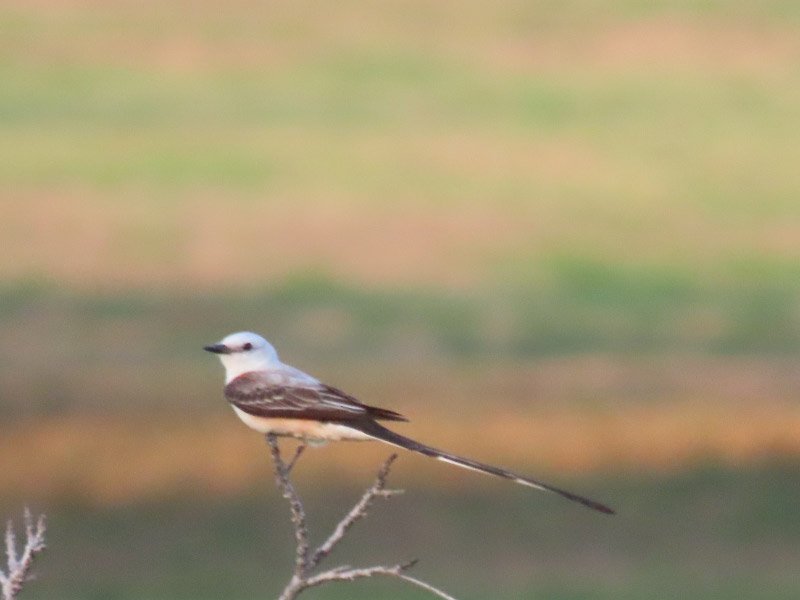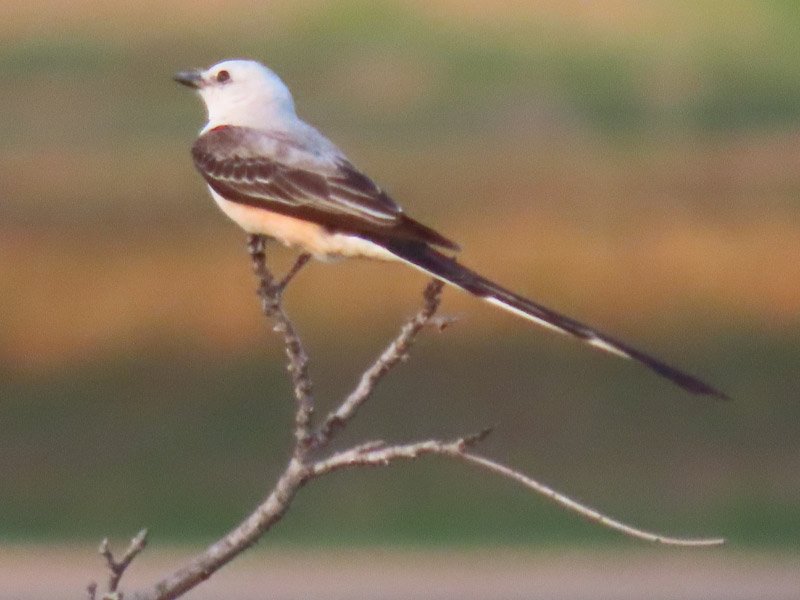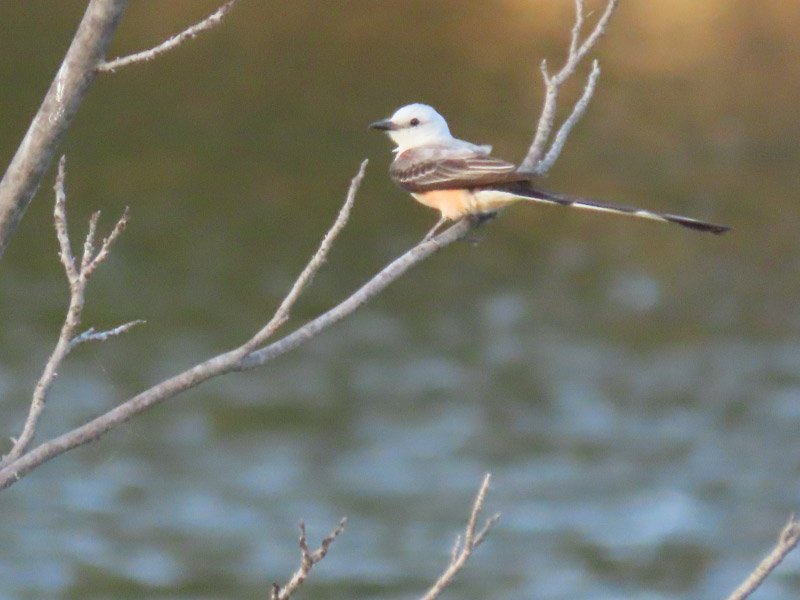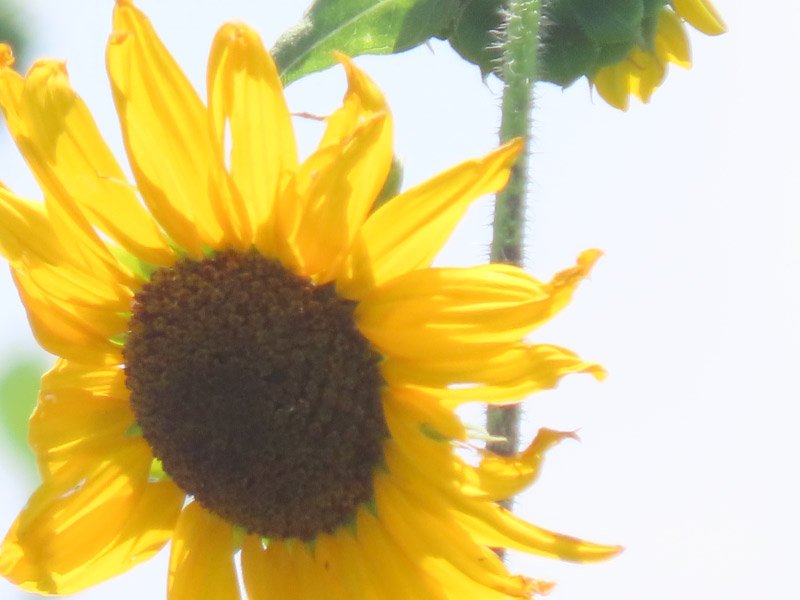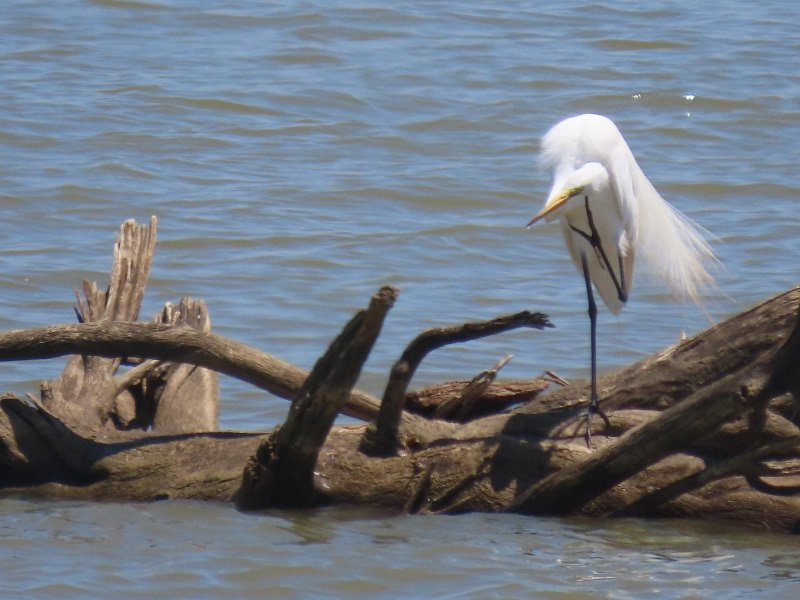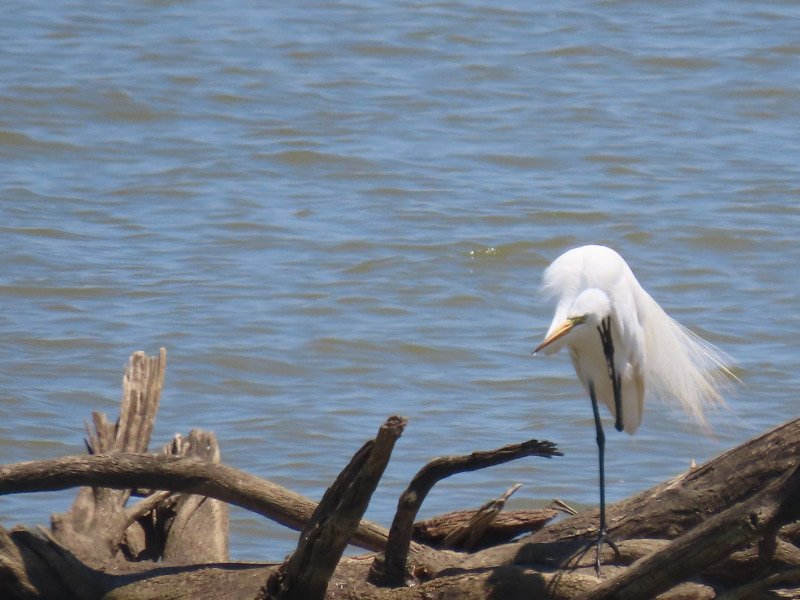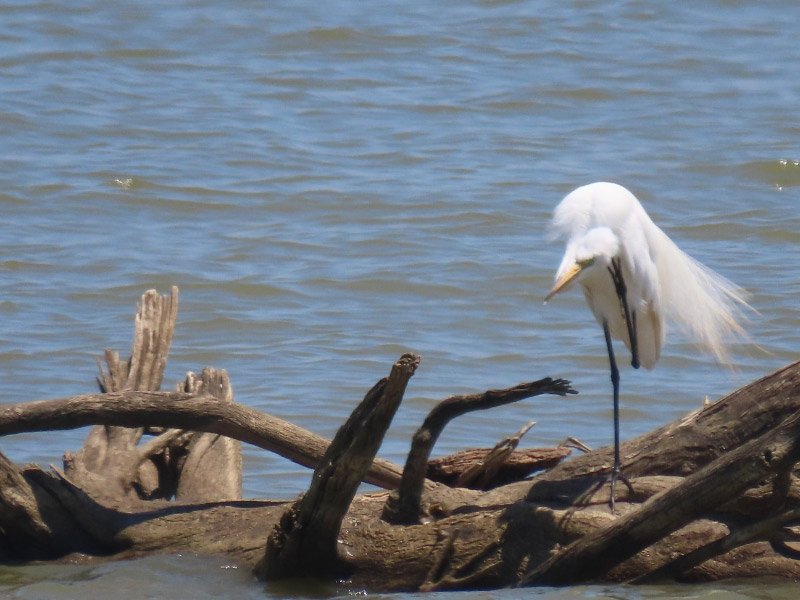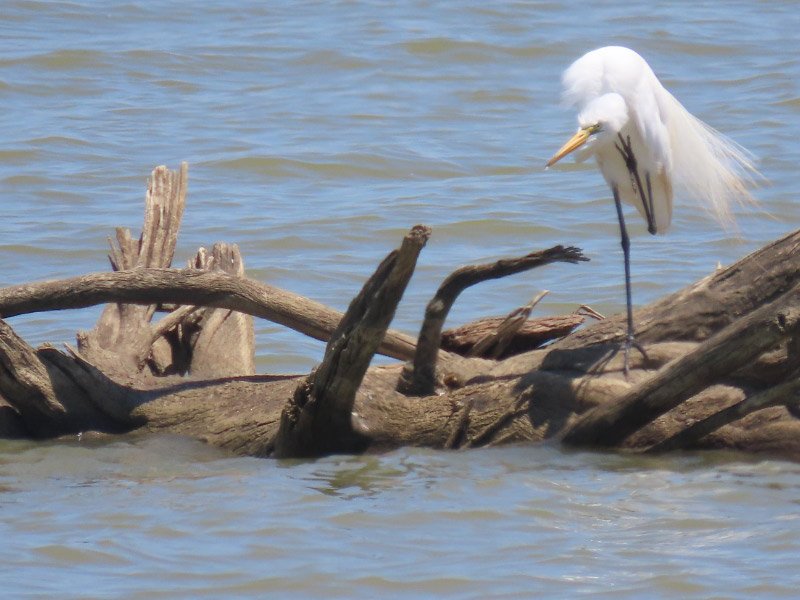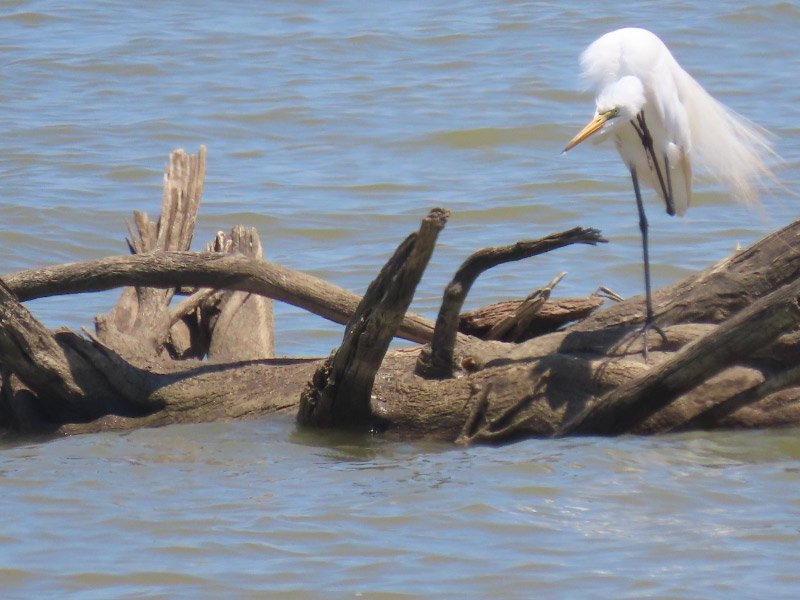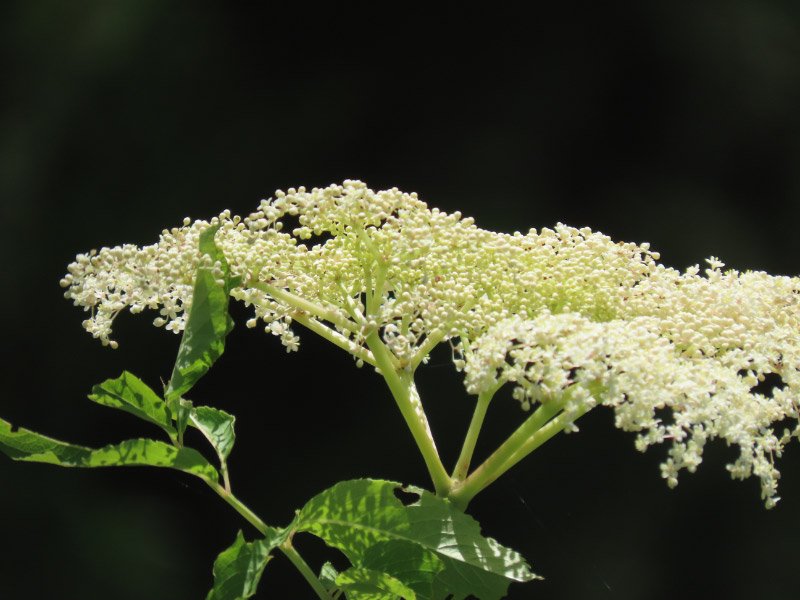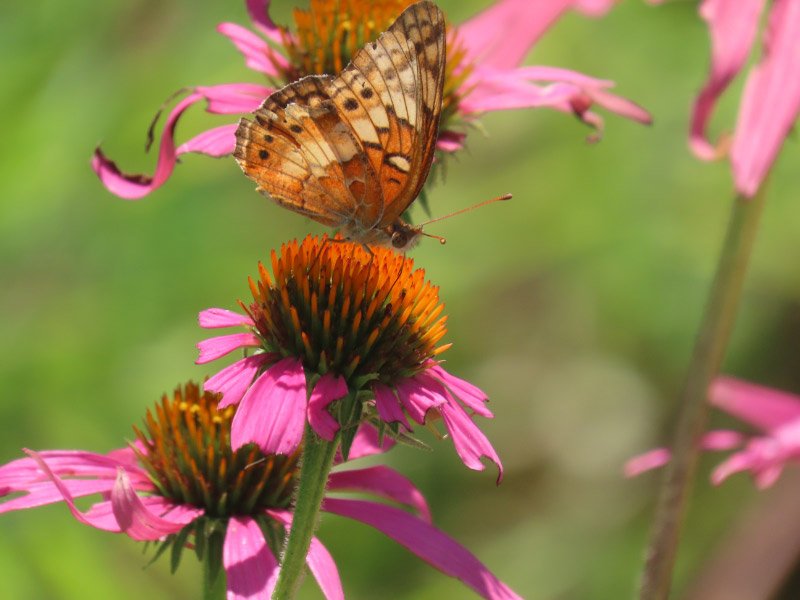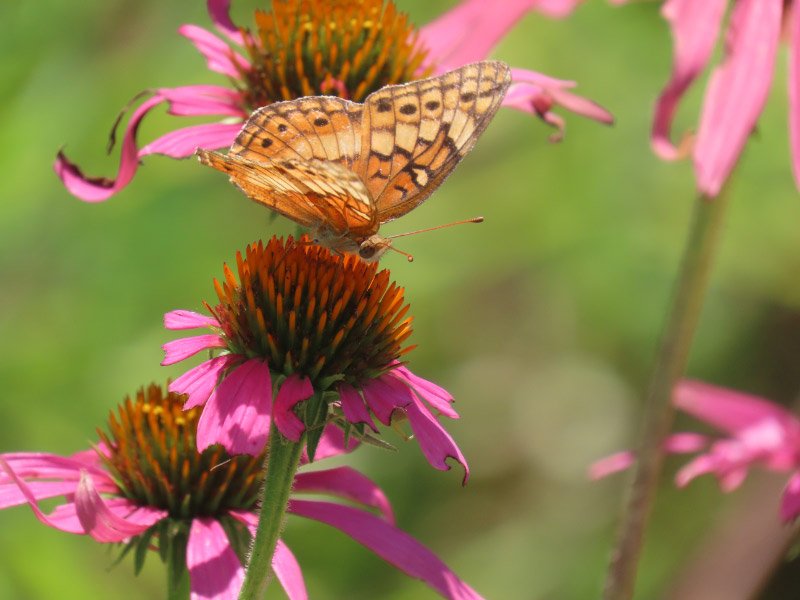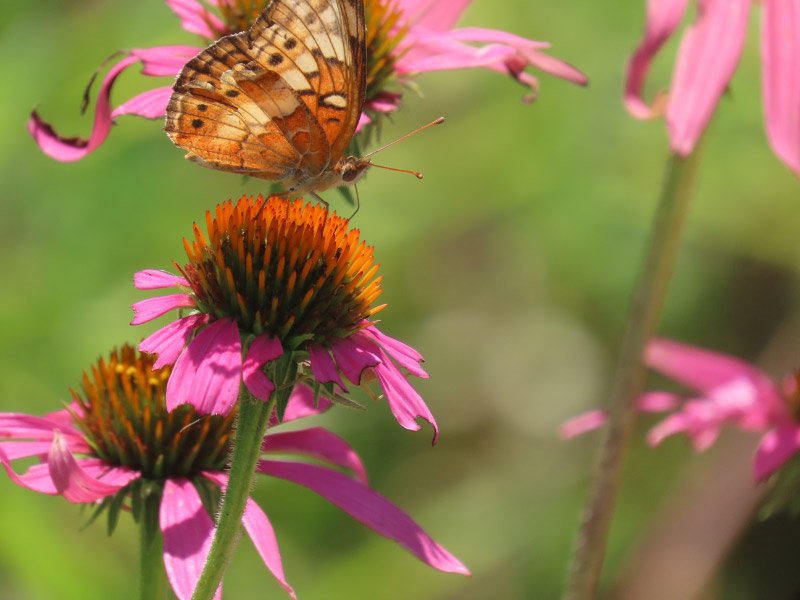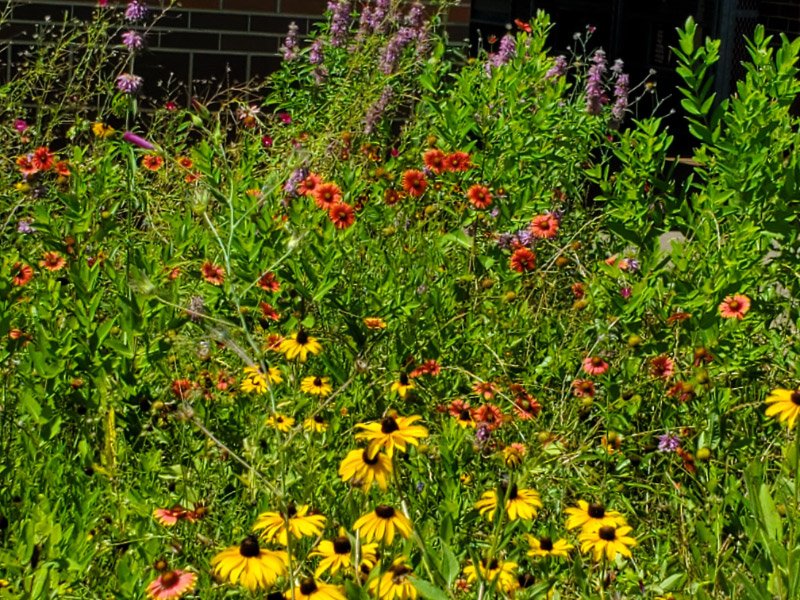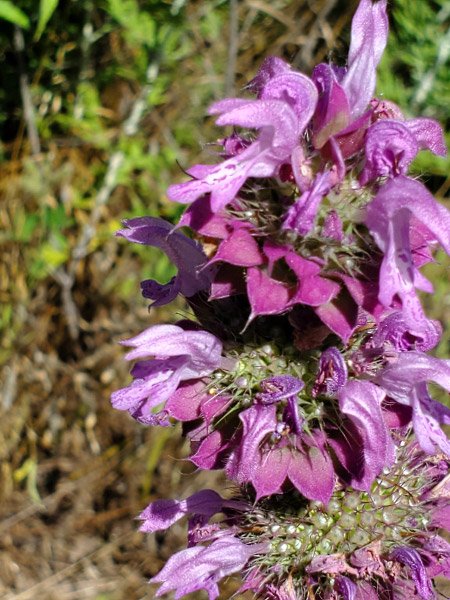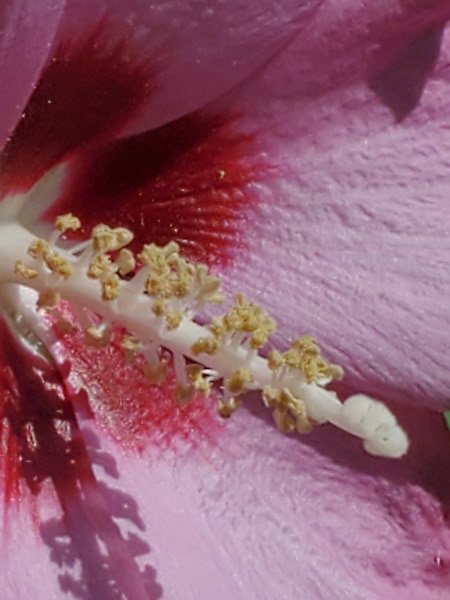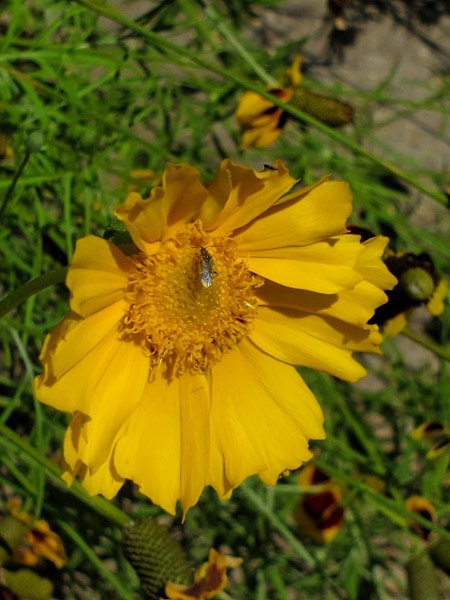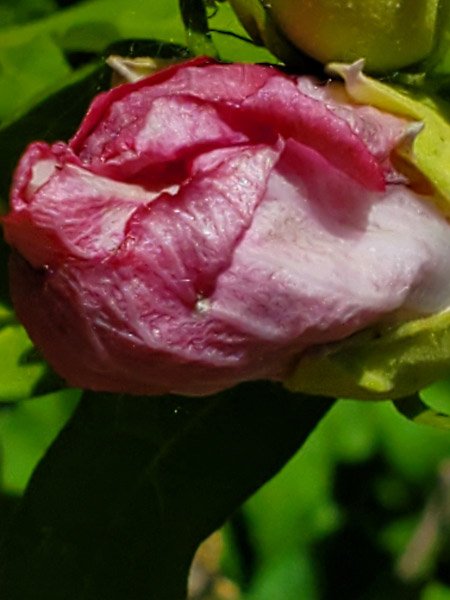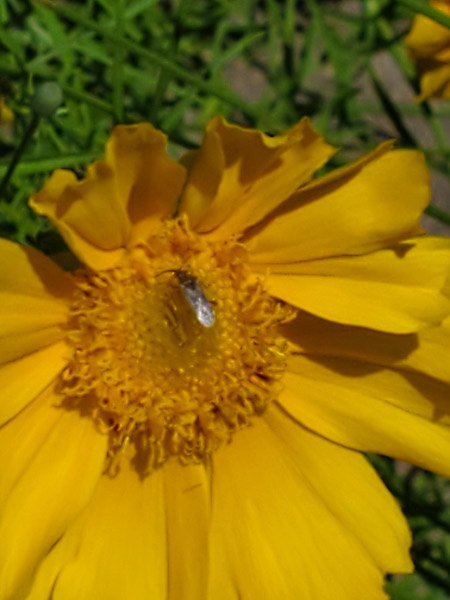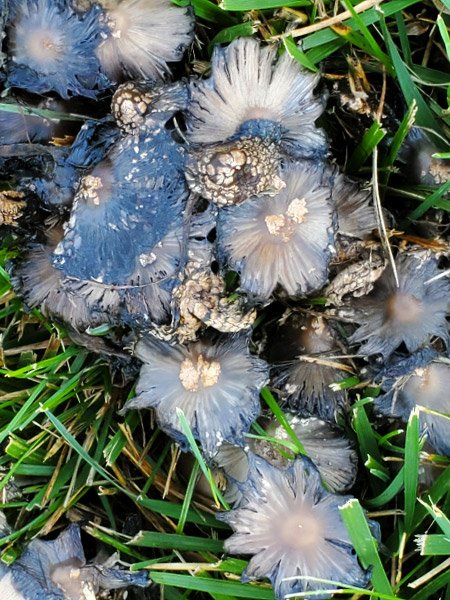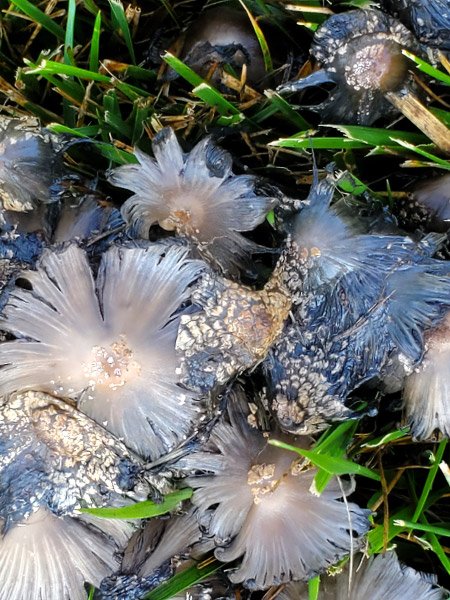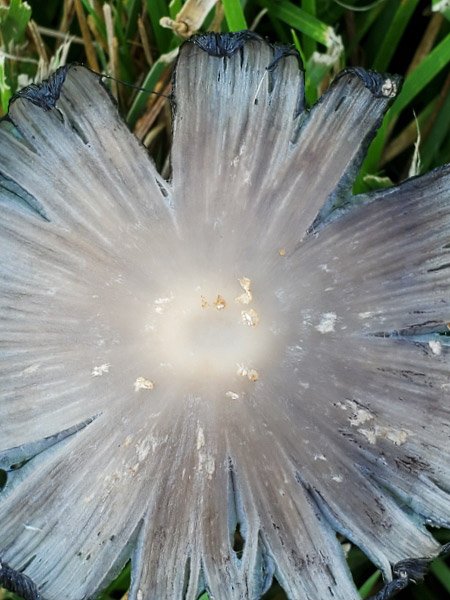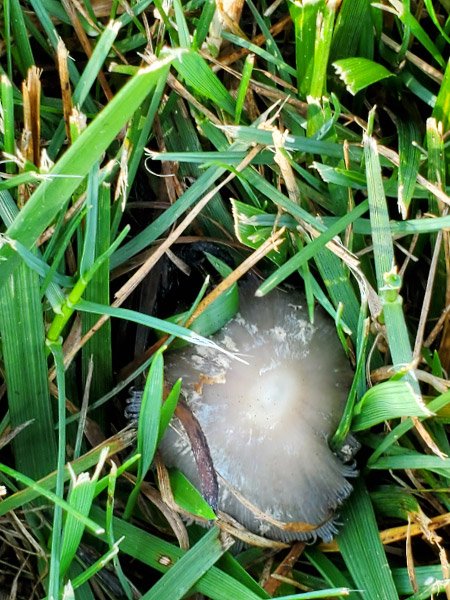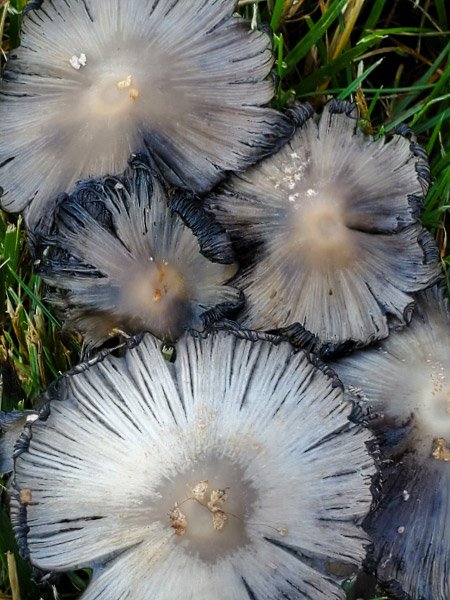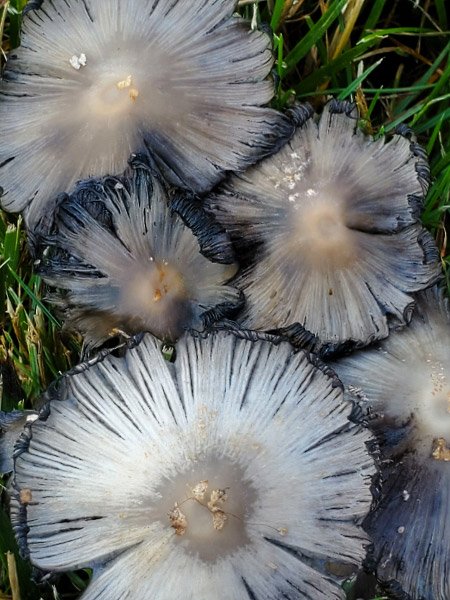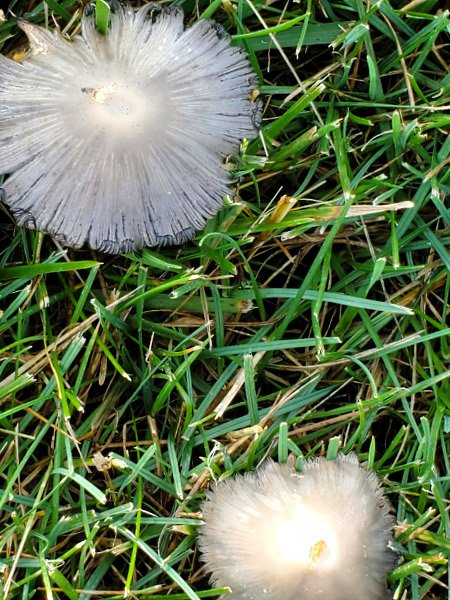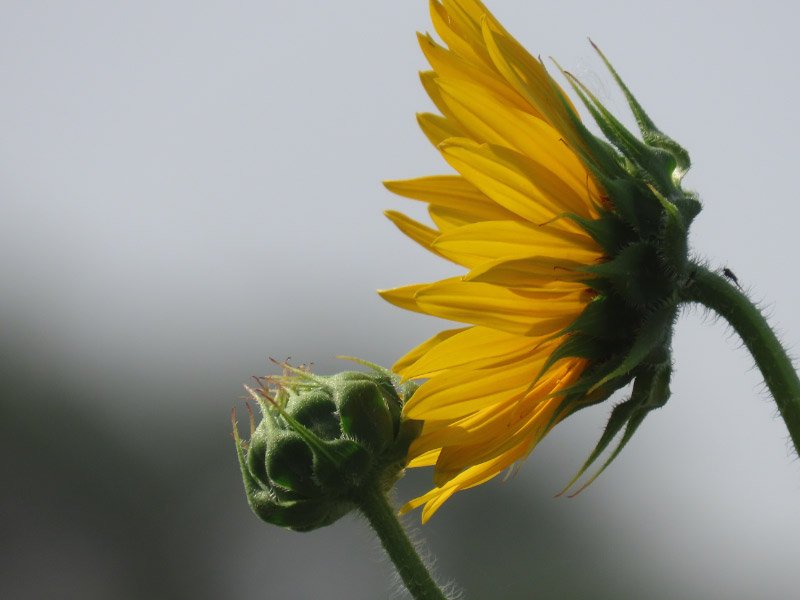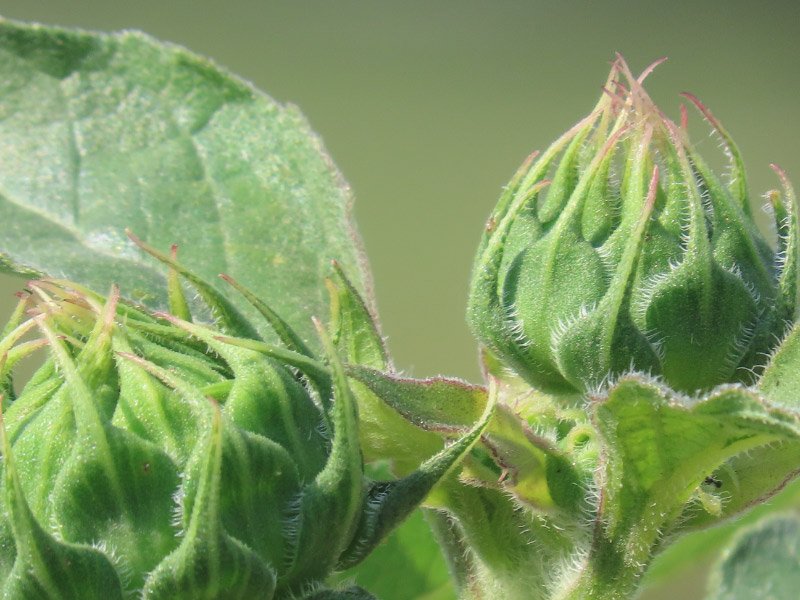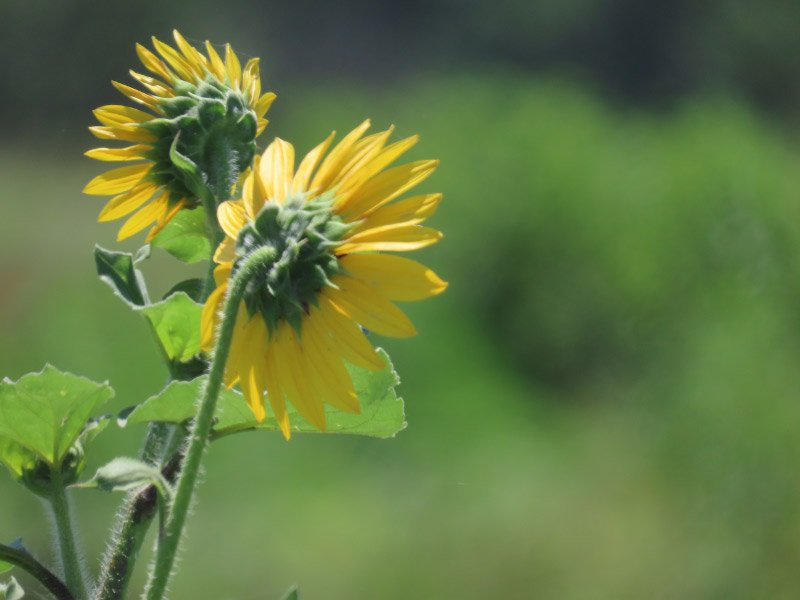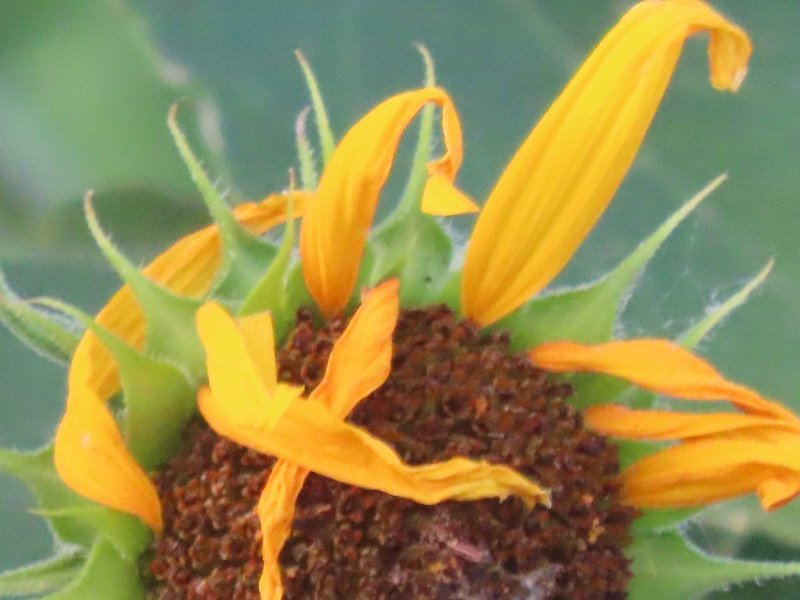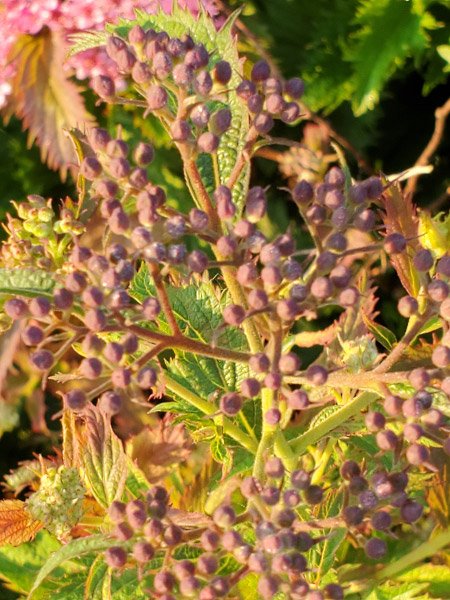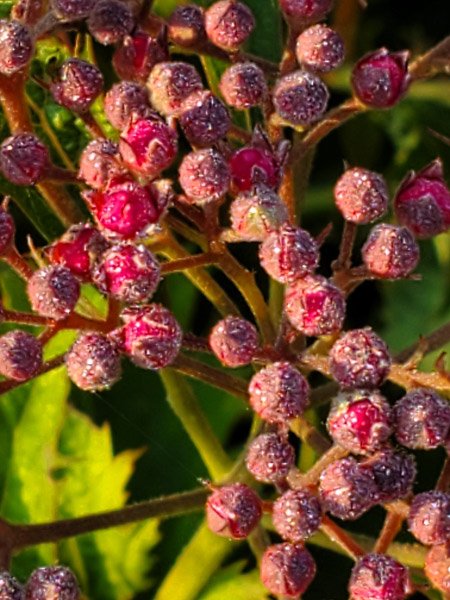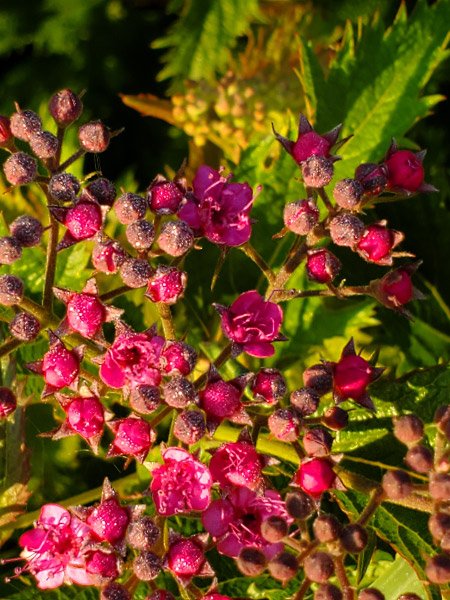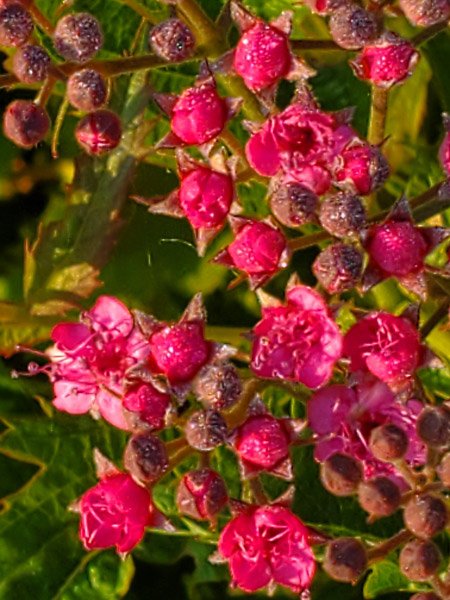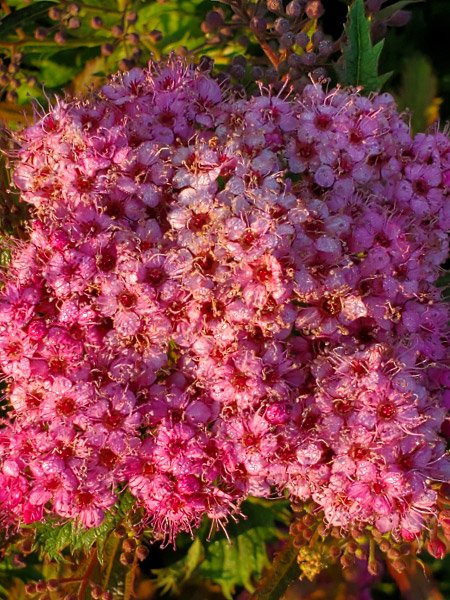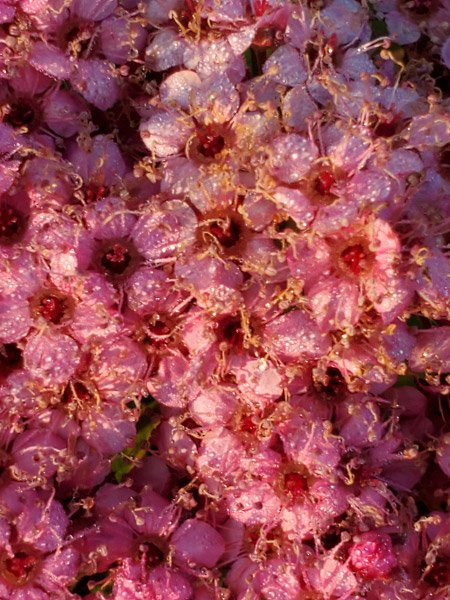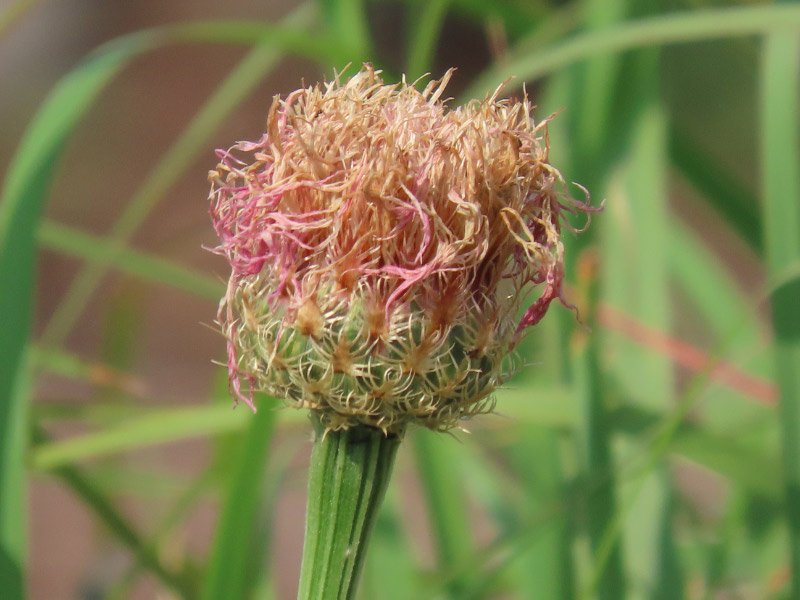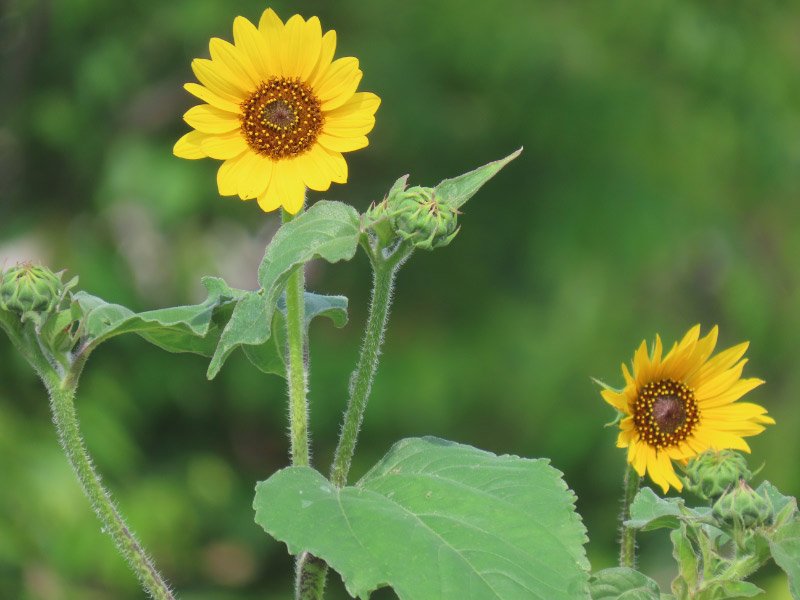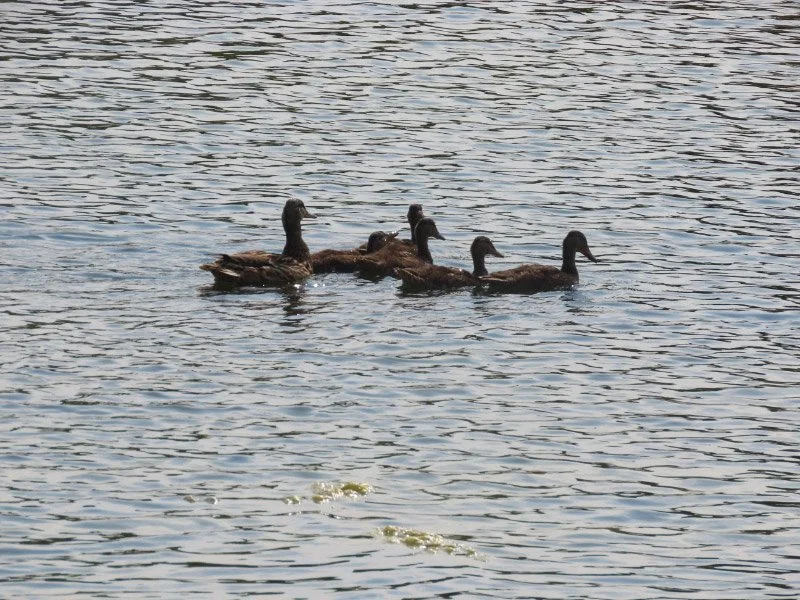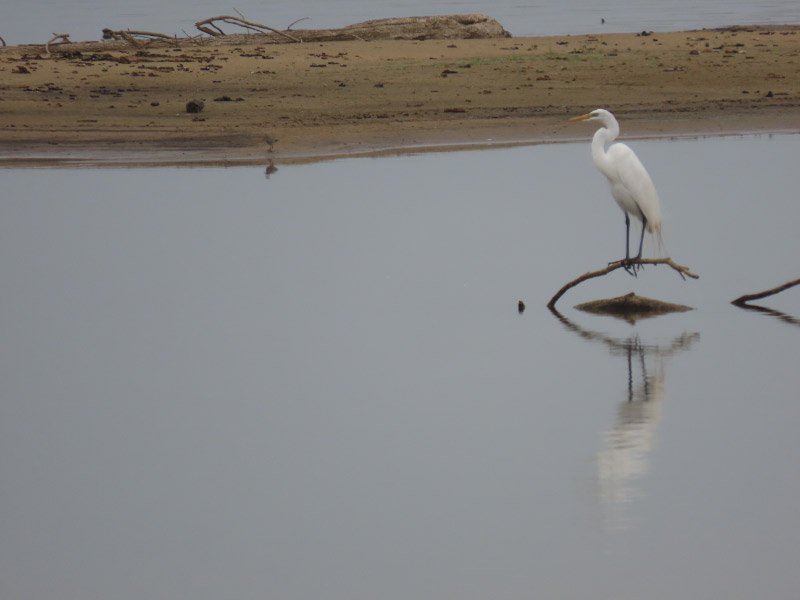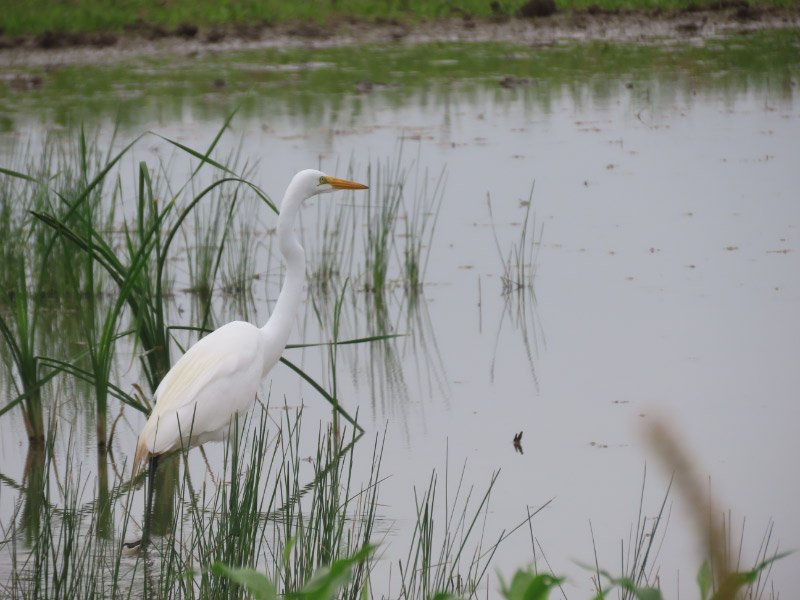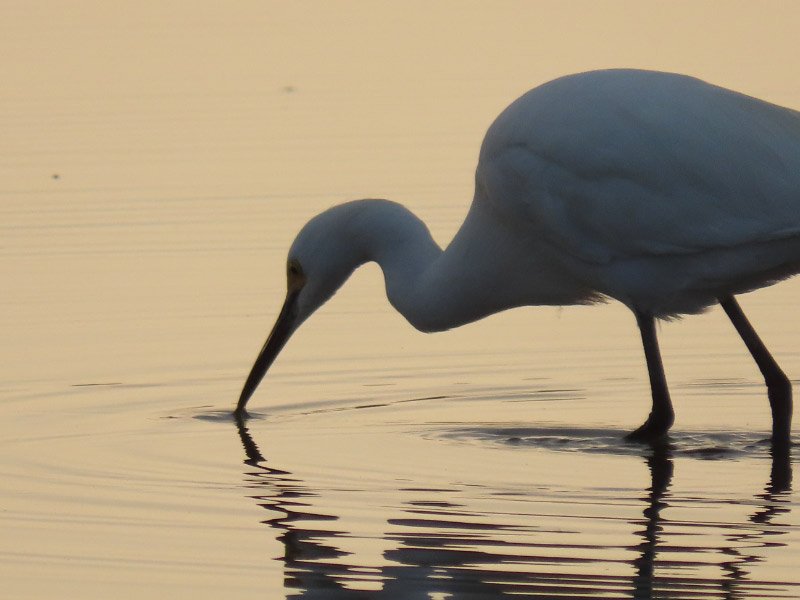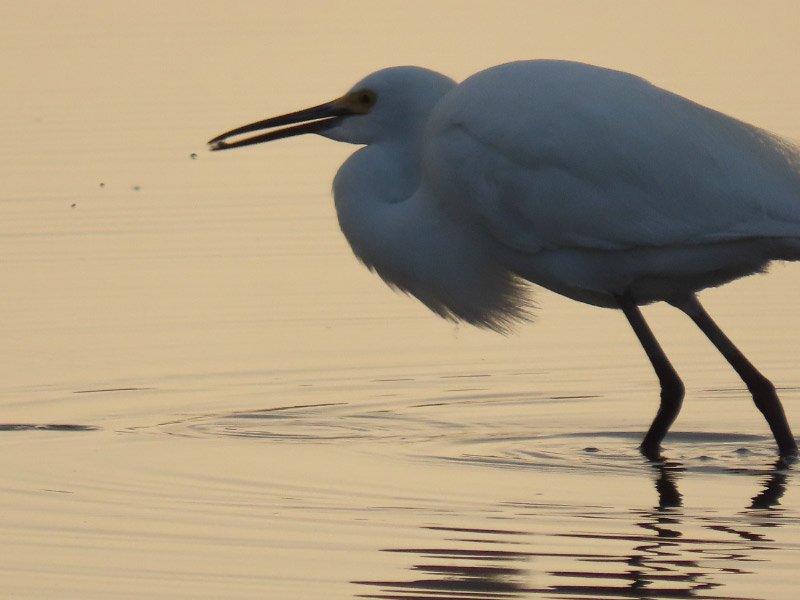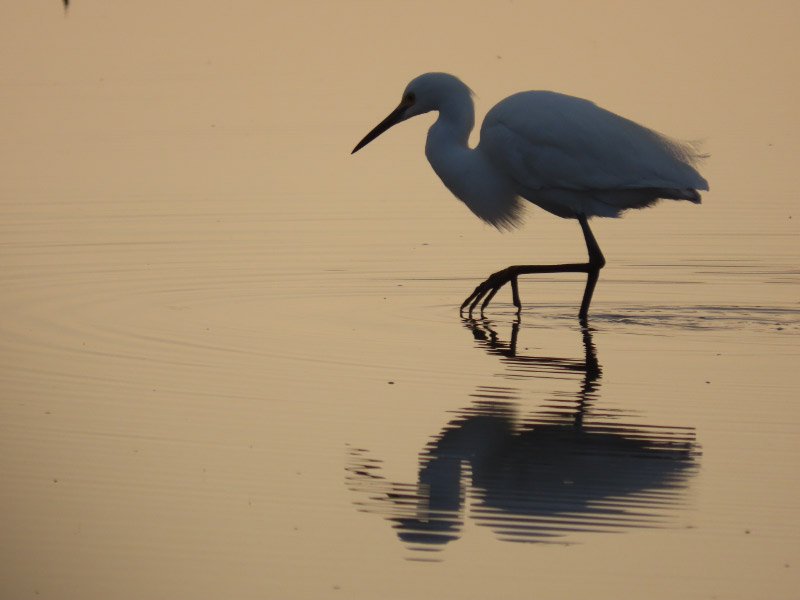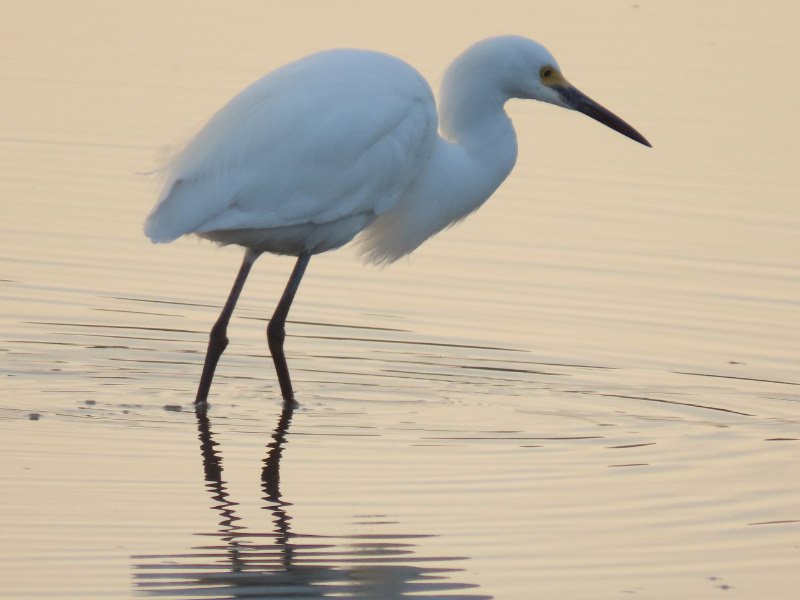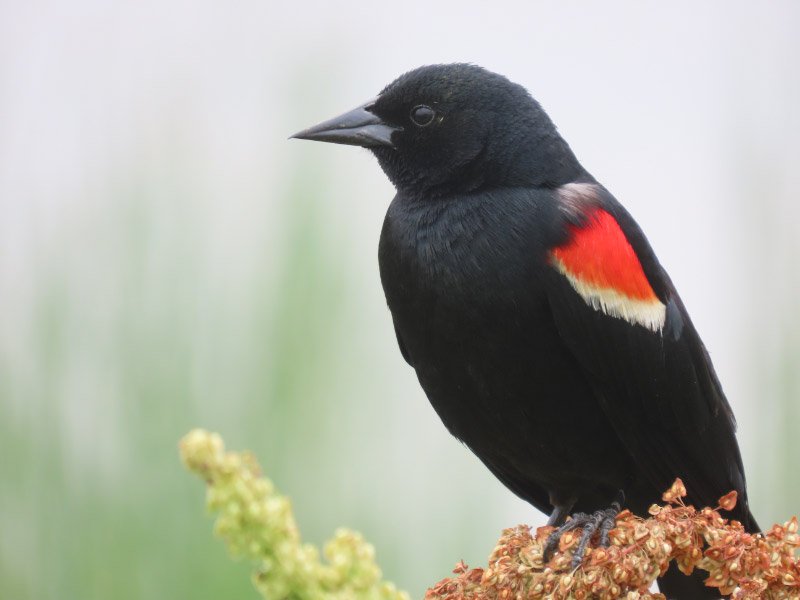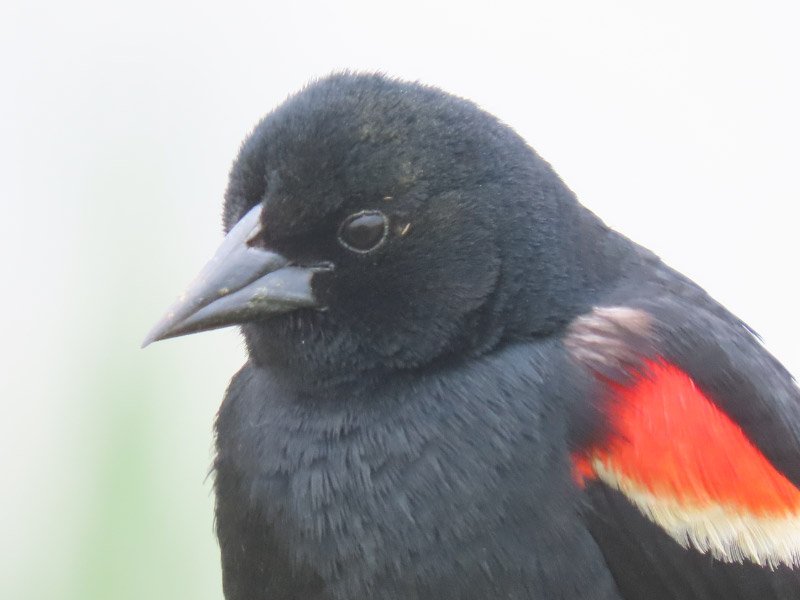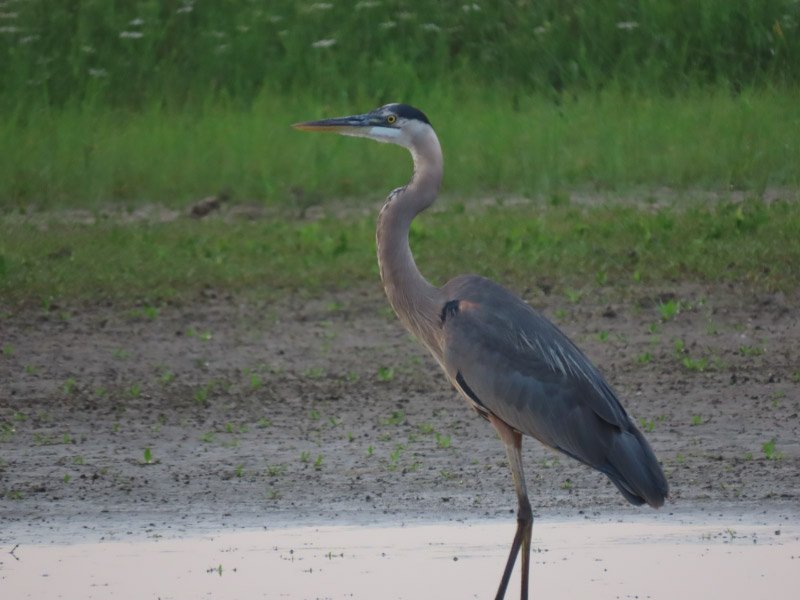Gleanings of the Week Ending July 8, 2023
/The items below were ‘the cream’ of the articles and websites I found this past week. Click on the light green text to look at the article.
Air Pollution Causes 1 In 6 Human Deaths – Deaths from modern pollution risk factors, which are the unintended consequence of industrialization and urbanization, have risen by 7% since 2015 and by over 66% since 2000. Unfortunately, little real progress against pollution can be identified overall, particularly in the low-income and middle-income countries, where pollution is most severe. It is increasingly clear that pollution is a planetary threat, and that its drivers, its dispersion, and its effects on health transcend local boundaries and demand a global response.
Opioids no more effective than placebo for acute back and neck pain – The study was done in Australia but, hopefully, will lead to stepping away from opioids for back/neck pain. How many became addicted to opioids via doctors writing prescriptions trying to relieve their patient’s back pain?
Antimicrobial Resistance: The Silent Pandemic – The first accounts of antimicrobial resistance (AMR) occurred 2 years after Alexander Fleming warned about it in his 1945 Nobel speech. AMR is now responsible for nearly 700,000 deaths worldwide each year, and it is projected to kill 10 million per year by 2050.
Early Women Were Hunters, Not Just Gatherers – My favorite statement from the article: “Grandmas were the best hunters in the village.”
Overdose deaths involving street xylazine surged years earlier than reported – Drug death data is gathered and analyzed slowly…not so long ago, it appeared that illicit xylazine use was still largely concentrated in the mid-Atlantic states and the Northeast….but it is not showing up in street samples all across the US and surging in the South and West. US drug deaths hit a new record last year with roughly 110,000 fatal overdoses nationwide from fentanyl and increasingly complex street drug cocktails.
U.S. Wind and Solar Overtake Coal for the First Time - In the first five months of 2023, wind and solar produced 252 terawatt-hours, while coal produced 249 terawatt-hours, according to preliminary government figures. The decline in coal is happening faster than anyone anticipated.
Largest-ever atlas of normal breast cells brings unprecedented insights into mammary biology – 12 major cell types, 58 biological states…differences based on ethnicity, age, and the menopause status of healthy women.
Why our voices change with age – Lots of reasons the sounds we make can change. One habit suggested from the article that I am considering: “Singing or reading out loud daily can give the vocal cords sufficient exercise to slow their decline.”
Cedar Breaks Wildflower Festival Starts Friday – Hmmm…maybe I should look for wildflower festivals (along with birding) when I plan our vacations.
Meltwater is hydro-fracking Greenland’s ice sheet through millions of hairline cracks – destabilizing its internal structure - Earth’s remaining ice sheets in Greenland and Antarctica are far more vulnerable to climate warming than models predict, and that the ice sheets may be destabilizing from inside. Recent studies have shown that:
Warming ocean currents are intruding into the Antarctic and Greenland coastlines, flowing under the ice shelves to undercut outlet glaciers and destabilize their calving fronts.
Increasing rainfall across the Greenland ice sheet not only depletes snow accumulation, it also accelerates surface melting and ice flow.
Algae and microbes, along with surface snowpack melt, darken the ice sheet surface, absorbing more solar radiation, which also accelerates ice melt.
Superimposed ice slabs within the snowpack are forming across the accumulation zone, forming an impermeable barrier that depletes meltwater retention and drives extraordinary runoff.
Water at the base of the ice sheet thaws and softens the frozen bed, thereby triggering basal sliding and accelerating interior ice sheet flow to the margins.





